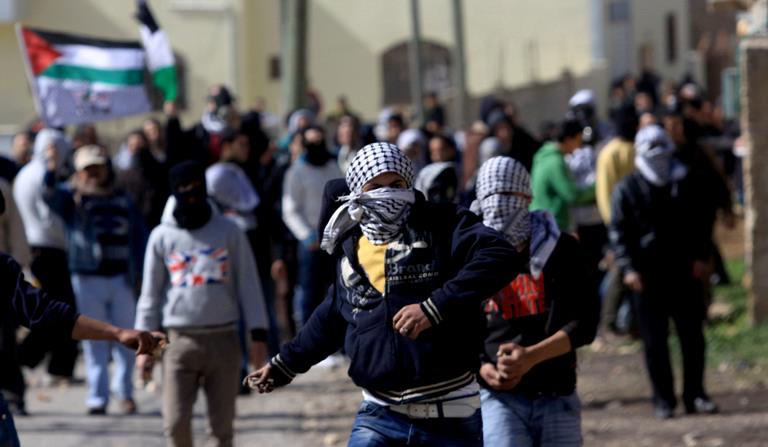Tag: Demonstration
-
Photo essay : demonstration in Nablus against Israels use of administrative detention
18 February 2013 | International Solidarity Movement, Nablus, Occupied Palestine
-
Violent clashes in Kufr Qaddum
16 February 2013 | International Solidarity Movement, Kufr Qaddum, Occupied Palestine Approximately 200 Palestinians, joined by a handful of International activists, participated in yesterdays weekly demonstration in Kufr Qaddum. At around 12 am, after midday prayers, protesters marched from the center of the village up the main road leading to Qedumim settlement. Clashes between Palestinian…
-
2 shot with live ammunition at Ofer prison demonstration
15 February 2013 | International Solidarity Movement, Ofer Prison, Occupied Palestine A demonstration was held outside Ofer prison in Ramallah as part of a week of action in solidarity with Palestinian political prisoners, and in particular to protest the continued detention of Samer Assawi who is on his 207th day of hunger strike whilst being…

